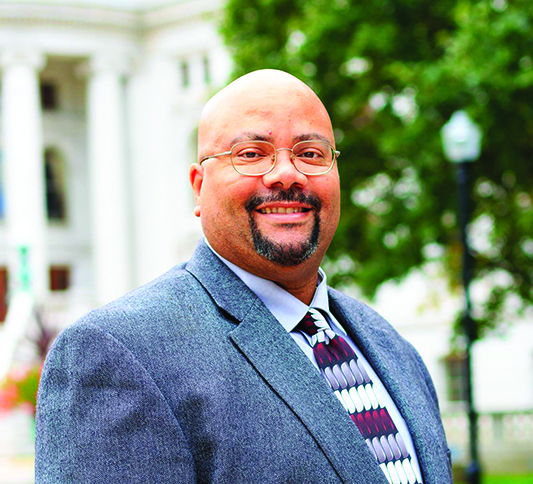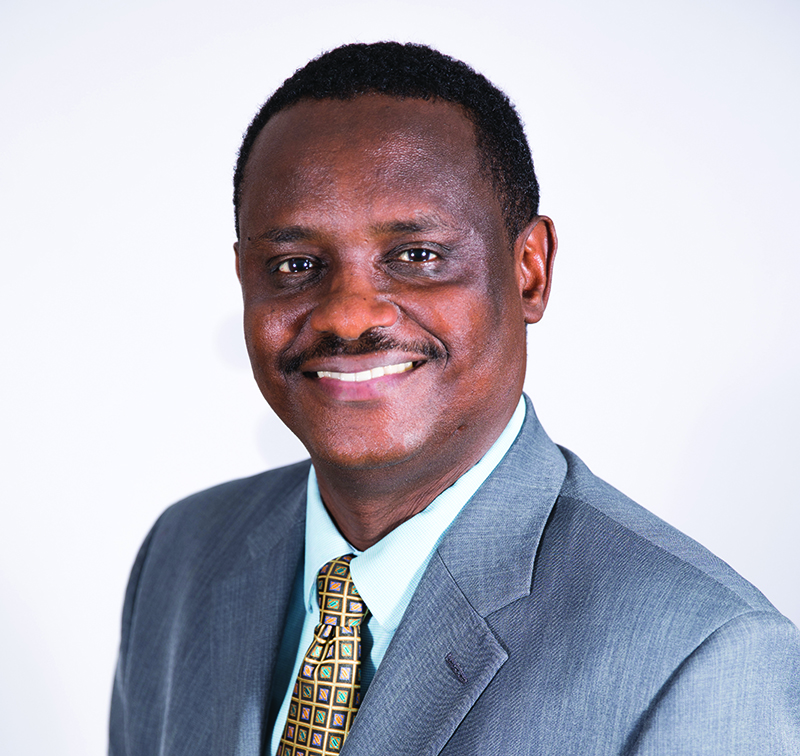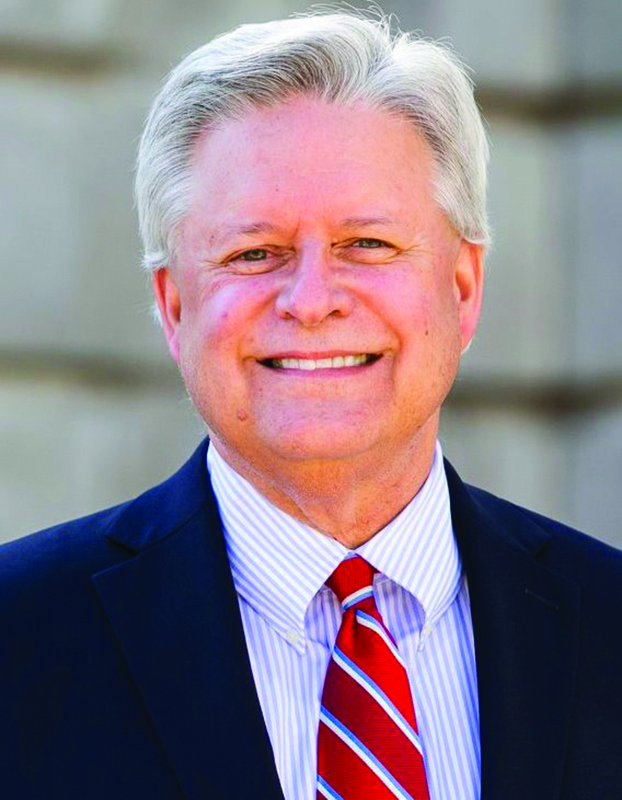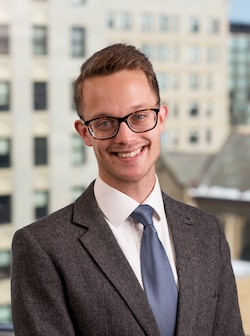
Hear from candidates that will be on the ballot August 11
Statement from Safe Skies:
Safe Skies Clean Water Wisconsin was formed by area residents to promote cleanup of the PFAS contamination surrounding the Dane County Airport and stop the Air Force deployment of a squadron of new F-35 fighter jets at Truax Field.
The proposed F-35 fighter jet squadron will cost $1.5 billion but create few local jobs, and cause significant local economic and environmental impacts. There will be loss of property values and millions of dollars required for noise mitigation and relocation of thousands of residents, all to be paid for by state and local governments.
We prepared the following questions for Wisconsin state assembly and senate candidates to help our supporters decide who can best represent us. Learn more about Safe Skies at safeskiescleanwaterwi.org.
Questions
- Earlier this year, the Air Force selected Truax Field in Madison to receive a squadron of F-35 fighter jets by 2023. How were you involved in the local response to the proposal to bring these jets to Madison?
- This fall, the Air National Guard will begin construction at Truax Field to accommodate their new F-35 fighter jets. Do you support the state and Wisconsin DNR stopping all construction at Truax Field until there is a complete investigation and approved cleanup plan for the PFAS contamination in groundwater, Starkweather Creek and Lake Monona caused by airport and Truax Field operations? If you support stopping construction, how would you achieve this goal?
- The current mission of the Wisconsin Air National Guard at Truax Field is training fighter jet pilots. There are 43 other missions available to Truax Field, including engineering, scientific and medical missions which are more compatible with the surrounding populated urban area. Will you push for the Wisconsin National Guard and Governor Tony Evers to obtain a new mission for Truax Field? If you support a new mission, how would you achieve this goal?
- The selection of Truax Field for the new F-35 fighter jets would not be possible without the support of Senator Tammy Baldwin. Will you demand that she reverse her support for stationing the new F-35 jets at Truax Field?
- Truax Field was selected for the new F-35 fighter jets despite the greatest impacts falling on low-income and families of color living adjacent to the base. Will you promote the creation of an environmental justice office at the Wisconsin DNR to help protect residents from environmental injustice and environmental racism?
Wisconsin State Senate District 16
Candidates running in a contested partisan primary for Wisconsin State Senate District 16 include democrats Andrew McKinney and Melissa Sargent. Republican Scott Barker is running without opposition in the partisan primary. Barker and Sargent did not respond to this Q&A as of press time. Any responses received after the deadline will be available online at northsidenews.org. District 16 is currently represented by State Senator Mark Miller.

Andrew McKinney
Question 1: I was not personally involved with this proposal.
Question 2: I would like for an approval cleanup plan to stop pollution. Our low income communities have been subjected to living with pollution because of the socioeconomic barriers and disparities in association with these communities and the health outcomes that come with the inability to speak out and up for themselves. It’s unfortunate that construction will go on, but Sen. Ron Johnson and Sen. Tammy Balwin needs to relook at this process, for the underserved people in this district.
Question 3: As a veteran, I believe that 43 missions per year is too much! I would like an explanation on why there is a need for these missions. Again, this comes from the federal level and I would work with Gov. Evers to obtain all information on these missions.
Question 4: I would like her to explain why, at the federal level, did you support this without listening to the people who live in this area. As I grew up in Gary, Indiana, I was raised in all types of pollution, where low-income and families of color never had a voice because not one bothered to reach out to them to engage them in a conversation. I feel like a similar situation took place regarding the F-35’s. There were voices and momentum from the surrounding communities but in speaking with the communities, I feel that it was too little too late, that decisions were already pushed through on the Federal level. This saddens me because it happened to a community similar to mine, low income communities are more likely to be subjected to living with pollution because of the socioeconomic barriers and disparities in association with these communities and the health outcomes that come with the inability to speak out and up for themselves.
Question 5: In order to help protect Madison neighborhoods, schools and businesses impacted by aircraft operations and the F-35, I support creating a clean energy jobs that includes good paying union jobs and apprenticeships to install green roofs and green infrastructure, perform deep energy efficiencies of homes and businesses to improve sound insulation, reduce carbon emissions, and reduce urban runoff and flooding. Also, I would promote the creation of an environmental justice office at the Wisconsin DNR to oversee these opportunities.
Wisconsin State Assembly District 48
Candidates running in a contested partisan primary for Wisconsin State Assembly District 48 include democrats Samba Baldeh, Lindsay Lemmer, Walt Stewart and Jason Vangalis. Republican Samuel Anderson is running without opposition in the partisan primary. Anderson did not respond to this Q&A as of press time. District 48 is currently represented by State Representative Melissa Sargent.

Samba Baldeh
Question 1: I supported an early Council resolution (defeated) prior to the EIS against the siting. I supported the resolutions last year in opposition to the siting- that were unambiguous (as opposed to that offered by the Mayor and others). I requested and helped organize the community meeting at EMCC on the siting.
Question 2: I’ve supported the investigation and clean-up of the area with or without the siting of the F-35. I don’t support the construction and will support any effort to stop it; but I don’t think there is a meaningful strategy to stop it. The important question for us at this point is, what will the responsible governmental entities do to mitigate the damage to neighbors? Will they buy-out the “non-habitable” areas? Will they provide sound-barriers? Will they clean-up the damage done on groundwater?
Question 3: The ANG will not change missions after this long process regardless how I or anyone or everyone in Madison thinks about it. What is the strategy to affect the levers of government that are available — as opposed to the DoD.
Question 4: I’ll talk to her about it.
Question 5: Why would an environmental justice office have the ability to “protect residents” when the rest of the DNR did nothing? I would not rely on staff people to force policy-makers to do anything that political forces do not want them to do. I think electing the right people to office, work with them and continuing to advocate is a strategy that could work. However, if safe skies and other environmental agencies believes this office will bring about environmental justice I will support it.

Lindsay Lemmer
Question 1: As an alder, I was a lead sponsor on the City Council’s March 2020 resolution opposing siting the F-35s in Madison. I worked to strengthen and improve the resolution passed by the Council in the fall of 2019. I am honored to be endorsed by my colleague Alder Rebecca Kemble in my campaign for State Assembly. As you know, bringing F-35s to Madison is a Federal decision. Many residents in my district expressed concerns about the negative impacts of the jets and the resolution I sponsored helped give voice and bring attention to those concerns. I am also committed to environmental justice and the disproportionate impacts of basing the jets at Truax is an ongoing issue we must continue to address. For example, I am pleased that Rep. Pocan has secured inclusion of $50 million in the House appropriations Committee’s Defense spending bill for funding of a new program to provide noise mitigation grants. My understanding is that those grants would be available immediately in Madison. As a State Representative, I will also advocate for Union labor to be included in construction, mitigation, and remediation projects at Truax.
Question 2: It is my understanding that neither the State nor the DNR has the authority to stop construction. If the goal is to ensure PFAS are remediated as effectively as possible, there are three steps that must be prioritized: We must work with Rep. Pocan and other federal officials to demand more transparency and better, more timely information from the Air Force, A thorough cleanup plan for the PFAs contamination must be developed, We must enact legislative changes that enable the DNR to be able to move quickly in establishing enforceable limits on PFAs.
Question 3: Choosing the mission for Truax is a federal decision that is unlikely to be influenced by local or state input. Instead, as the next State Representative, I will work with Rep. Pocan and other federal and elected officials to obtain the most accurate and timely information, ensure compliance with all Federal, State, and Local requirements including permitting and environmental requirements, and obtain new funding and/or initiate new programs in relation to the siting of the planes at Truax.
Question 4: I don’t think that will be an effective strategy. Instead, I will focus my attention on working with all stakeholders, including advocates such as Safe Skies, to enact some of the priorities listed in the previous questions. As I mentioned earlier, I will also advocate for the use of Union labor in construction and clean up projects at Truax Field.
Question 5: Yes. States must step up on the issue of environmental justice. Although the Federal EPA and other agencies have had environmental justice initiatives and/or offices for several decades, resources and attention to these efforts have varied widely under all Presidential administrations. And, States are leading the way according to a report by the Center for American Progress. We can look at successful models elsewhere and we must build a coalition of stakeholders in order to advocate for the creation of an effective office of environmental justice in Wisconsin.

Walt Stewart
Question 1: I signed the petition opposed to the F-35 jets.
Question 2: Yes, my opposition primarily concerns the need to address the PFAS issue. As a state representative, I can encourage the DNR to protect the environment and I can support the bills which failed to pass last session.
Question 3: I will support new missions consistent with the environment and reducing the impact on populations near Truax. A legislator can best support alternative ideas through resolutions and the budget bill.
Question 4: No. She knows what she has already been told by local and state officials. She has to answer to the voters.
Question 5: Yes

Jason Vangalis
Question 1: I worked with residents in impacted fly zones to help identify local elected officials to reach out to and craft letters of concern.
Question 2: On a broader level, I support the need for greater attention to environmental impact on proposed projects. This would provide greater scrutiny after the project is operational. Providing more control locally would enable communities to respond more directly and quickly to these kinds of issues through their permitting and zoning processes.
Question 3: Any mission that would keep or increase the economic impact of Truax Field while limiting the exposure of environmental impact ought to be prioritized. I would work with Wisconsin’s Congressional Delegation to pursue these types of missions along with our university and technical college system to build the type of talent pipeline that would make Truax Field a competitive location to receive mission types like these.
Question 4: I support holding elected officials accountable for their decisions. This must especially be the case when dealing with negative externalities.
Question 5: Systemic racism through the absence of environmental equity is often overlooked. Poorer populations are disproportionately impacted by negative externalities caused by lack of oversight and regulation on our environment. Addressing this disparity must take place in the larger discussion of systemic racism in the state. We need to engage those groups that are impacted by these issues to understand how they are impacted then work to identify causes and breakdowns in our systems and institutions. Once the due diligence has been completed, we need to work with these communities as policies are updated and changed. Transparency is critical for this process to be successful. Finally, we need to create more awareness of breakdowns that lead to disparity especially those caused by private actors. This will help create more accountability. Whether this is done through the DNR or inter-agency approach needs to be determined, however, there is a direct need to address environmental inequity.